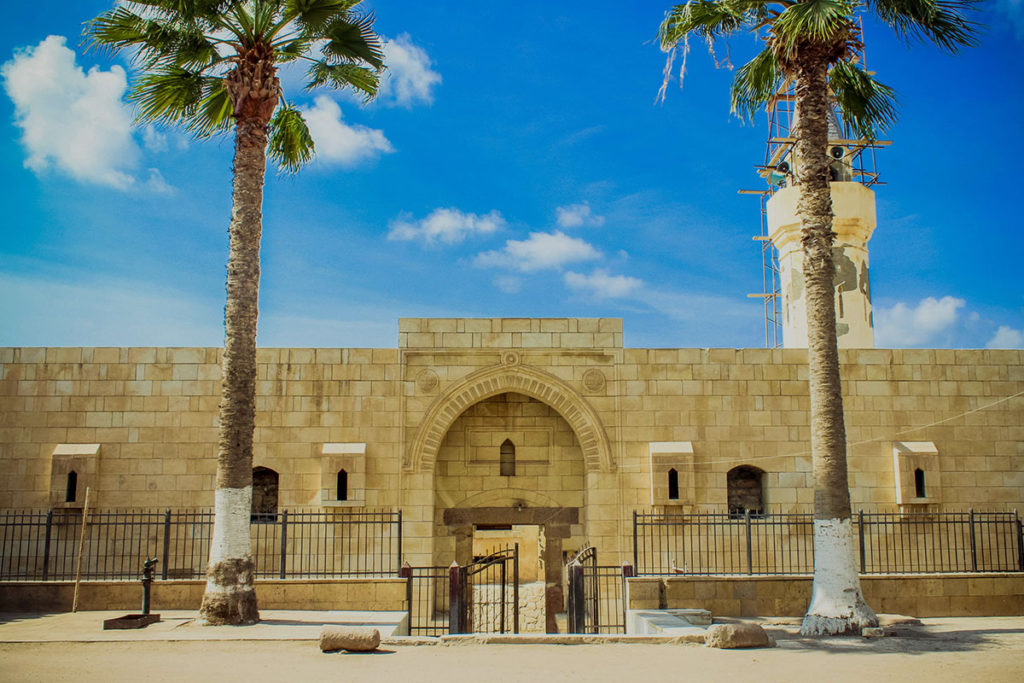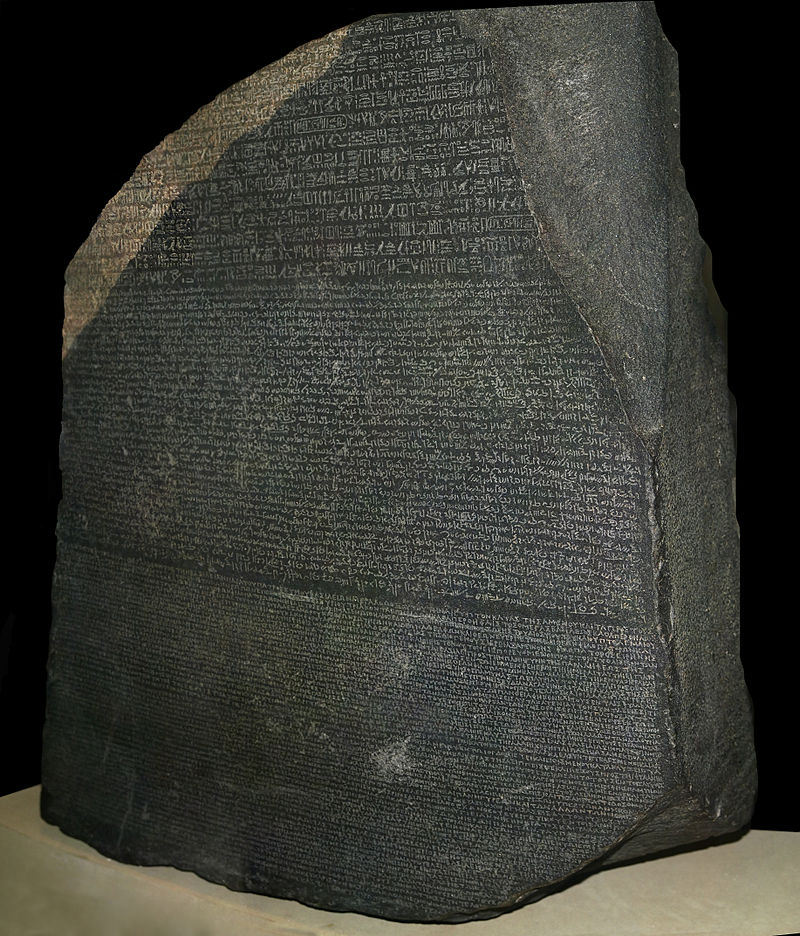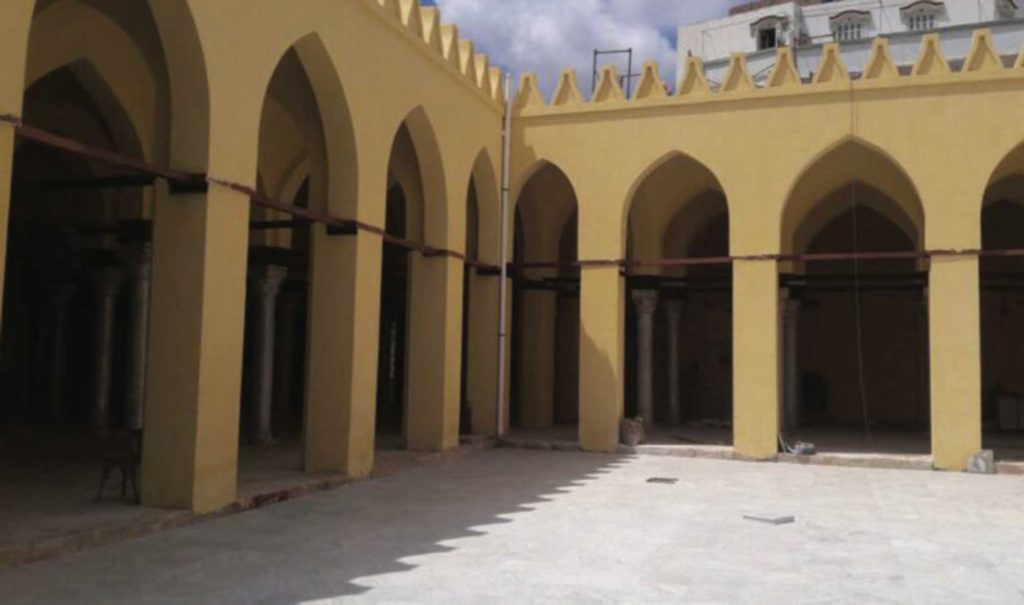The city that revealed the ancient Egyptian secrets and deciphered the hieroglyphs was the key to understanding the ancient Egyptian civilization that was hidden among the blocks of Qait Bey Fort, it was perfectly preserved and centuries later, the famous Rosetta Stone was discovered by the French expedition in 1799.
The frontier coastal city, located on the western branch of the Nile, was built by Harun al-Rashid in the ninth century AD, and is named after him. The city was inhabited by the Ottomans, who built major models of Islamic architecture. It was an international commercial center during the desertion of Alexandria until the nineteenth century after the revival of Alexandria.
And for several factors unique to the city of Rashid: due to its location near the Mediterranean Sea and the presence of sandy formations, as well as the Nile River – the Rosetta Branch, all of this leads to more of the effect of dry air and water. And the consequent rise in daily temperatures. Location has an effect in the daily, seasonal and annual thermal range. The thermal range in the city is 7 degrees. The area in which the city is located is predominant from the north, northwest and northeast winds, while the southern winds represent a small percentage of the winds frequency. In July and lowest in February 17 September. Monsoon rains in winter as is the case across Egypt.
Where Rashid (Rashid) archaeological fame began in mid-July 1799 AD, when the Rosetta Stone was discovered, which turned into the key to deciphering the ancient Egyptian language, a text written in Greek, demotic, and hieroglyphs, and the rest was just a matter of time, because Greek was a language known. The stone is currently on display in the British Museum, but a replica was presented at the site.
The stone was found by chance in the Mamluk Citadel of Qaitbay, which was built by Sultan al-Ashraf Qaitbay to protect the city from sea attacks, coinciding with the architectural style of the castle he built in Alexandria. Later, Qansuh al-Ghuri strengthened the fortress and erected ramparts around the city as a means of protection.
Al-Rasheed, the city of commerce and economy, reached its zenith in the Ottoman era when Alexandria was abandoned. The Delta’s distinctive architectural style can easily be traced in the city, whether in homes or mosques.
The site of Rosetta was inhabited throughout the history of Ancient Egypt, then known as Khito, a hieratic word meaning “the populace”, under Menes reign. In the Ptolemaic era, the town was renamed to Bolbitine (Bolbitinum, Bolbitinon, the name of one of the seven mouths of the Nile in Herodotus). In Christian Egypt, the town was again known by the vernacular (Coptic) name.
The city of Rashid flourished with its civil and religious buildings alike in the Ottoman era, and the location and importance of the city of Rashid caused this prosperity for its location on the Nile River, as it provided the first source of water, so fertile lands that were used as a source of food spread around it, in addition to helping to form a countryside that helped it achieve the elements of life. The Nile River was one of the factors of communication between Rashid and the cities of the country, and its location on the Mediterranean coast helped to provide means of communication with the outside world, and this was a reason for the prosperity of trade and construction in it. In the Ottoman era, Rashid became a commercial city in the first place. Buildings and buildings that serve the new transformation of the city of Rashid, such as agencies, markets, and rice circles, spread to palaces, houses, mosques and churches, and became a full and populated city. Interest in the construction of buildings in the city of Rashid increased in the Ottoman era as evidence of urban and economic development and it was natural for residents of Rashid to adopt the construction of their buildings On the potential of the local environment, such as mud in the manufacture of building materials, and used the Lime, blush, and sometimes gypsum. The roofing was done with wood or by building with intersecting cellars or domes, and the city’s calligraphy was called by the name of the crafts that were practiced in it. And life around the mosque, but what is interesting is that the city of Rasheed has two mosques spread between crafts and industries, and the mosque did not have a fundamental role in organizing urbanization in the city.




